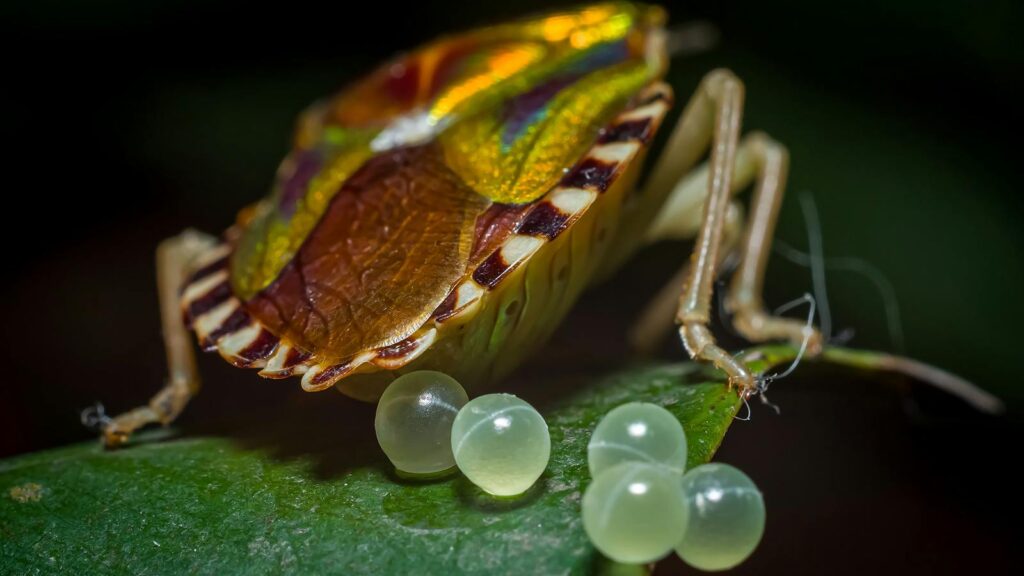Determining the gender of a pet insect might seem like a challenging task given their small size and unfamiliar anatomy. However, being able to identify whether your six-legged companion is male or female can provide valuable insights into their behavior, lifespan, and care requirements. Whether you’re keeping a praying mantis, stick insect, beetle, or another arthropod species as a pet, understanding their sexual dimorphism—the physical differences between males and females—can enhance your experience as an insect keeper. This comprehensive guide will walk you through various methods and characteristics to look for when trying to determine your pet insect’s gender, from general principles to species-specific indicators.
Understanding Sexual Dimorphism in Insects
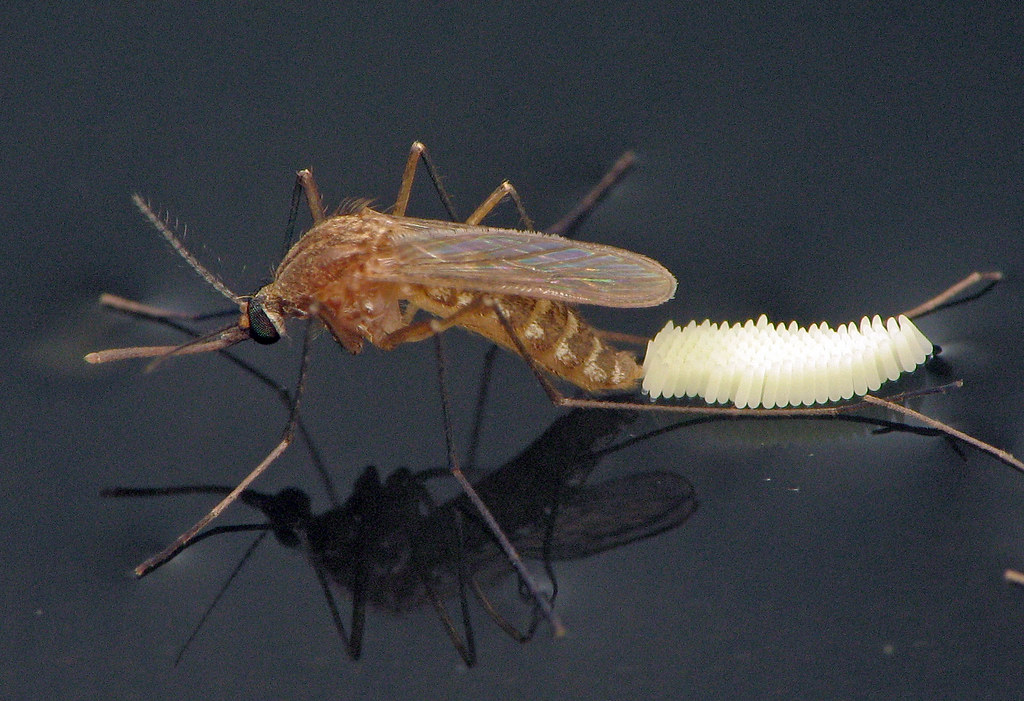
Sexual dimorphism refers to the physical differences between males and females of the same species, which can vary dramatically across the insect world. In many insect species, females tend to be larger and more robust than males, an adaptation that allows them to produce and carry eggs. Males, on the other hand, may possess specialized appendages for mating, such as claspers or modified antennae, or display more vibrant coloration to attract females. These differences evolved over millions of years to serve reproductive functions and can provide helpful visual cues for gender identification. Understanding the concept of sexual dimorphism creates a foundation for accurately determining your pet insect’s gender, though the specific characteristics will vary depending on the species.
Size and Body Shape Differences
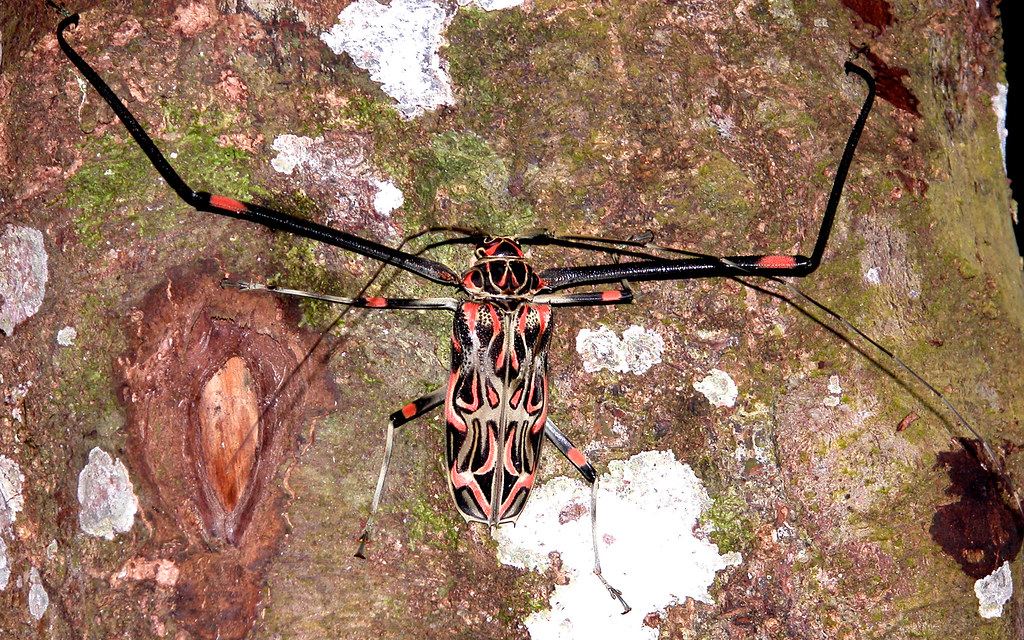
One of the most common and easily observable gender differences in insects is overall body size and shape. In many species, including praying mantises, stick insects, and beetles, females are noticeably larger and have wider abdomens to accommodate egg development and storage. Male insects often appear more slender, with narrower abdomens and sometimes longer legs relative to their body size. For example, female rhinoceros beetles can be up to twice the size of males, while male stick insects are typically much more slender and smaller than their female counterparts. These size differences become more pronounced as the insects reach maturity, making gender identification more reliable in adult specimens than in juveniles or nymphs.
Examining Antennae Structure
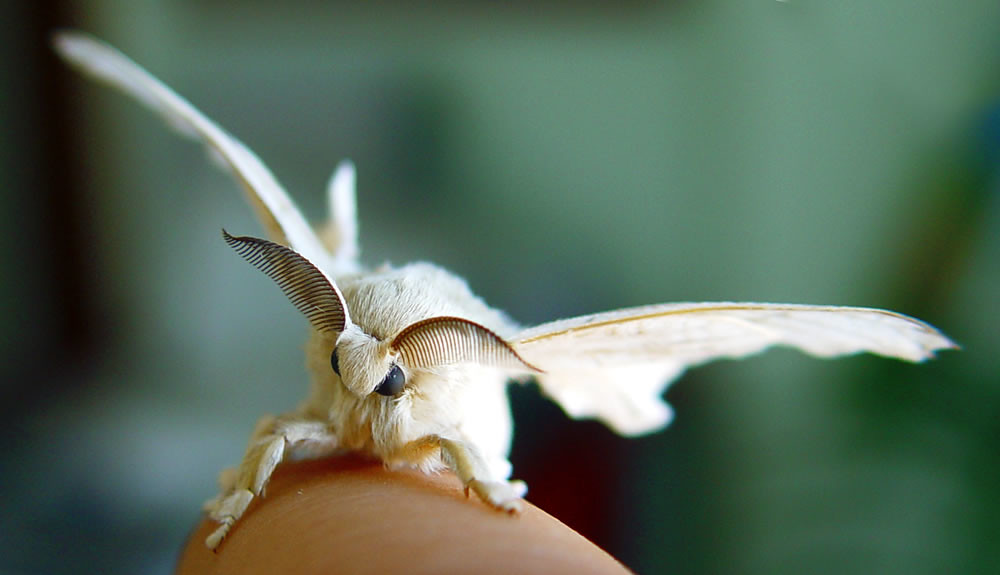
Antennae can provide significant clues about an insect’s gender, particularly in moths, beetles, and some fly species. Male insects often possess larger, more elaborate antennae that help them detect female pheromones from considerable distances. For instance, male silkworm moths have large, feathery antennae that can detect a female’s scent from several miles away, while females have much simpler, thread-like antennae. In some beetle species like June bugs, male antennae feature larger lamellae (plate-like structures) compared to females. When examining your pet insect, use a magnifying glass to carefully observe the antennae shape, size, and complexity, as these features can provide reliable gender indicators in many species.
Abdominal Segment Counts and Patterns
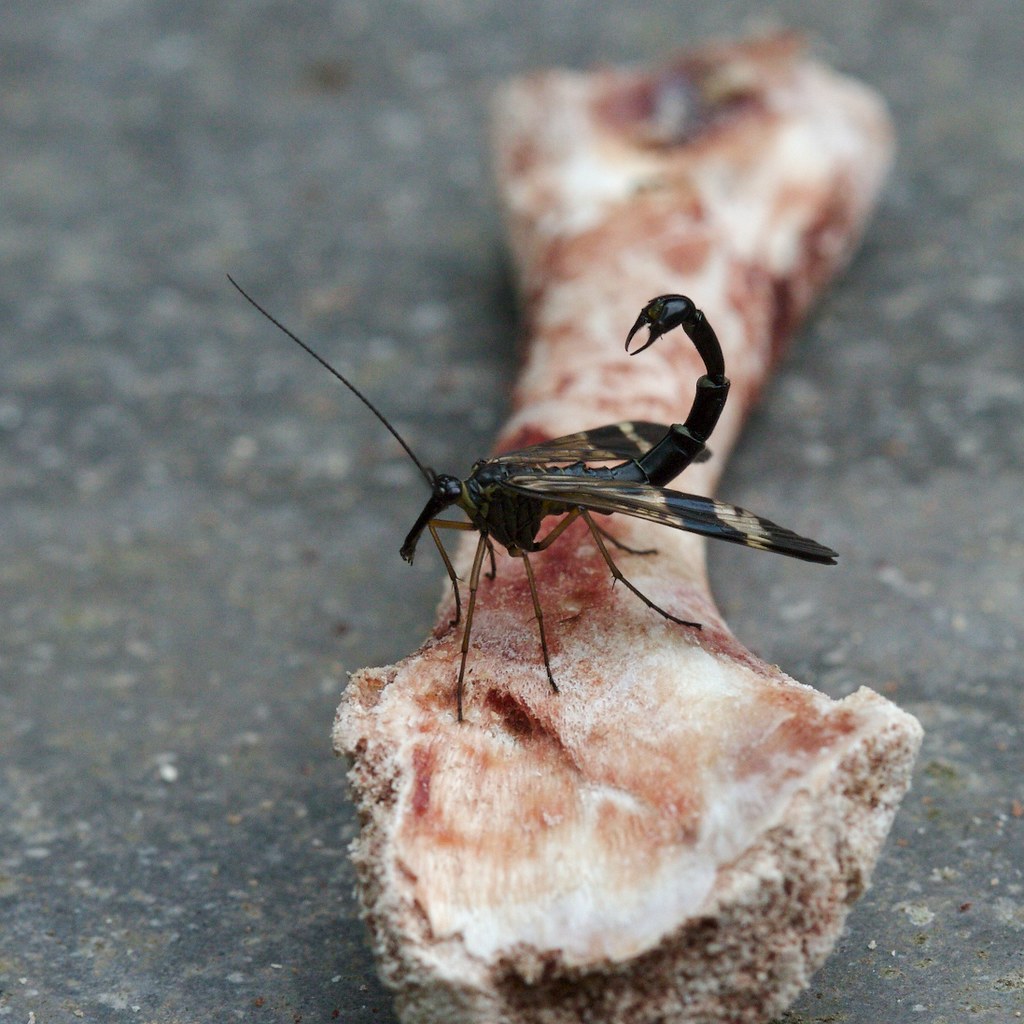
The number and arrangement of abdominal segments can differ between male and female insects, offering another method for gender identification. In many species, females have more visible abdominal segments than males, though counting these can require careful observation with a magnifying glass. Additionally, the terminal segments—those at the end of the abdomen—often display gender-specific structures related to reproduction. Female insects typically have an ovipositor (egg-laying apparatus) that may appear as a tube-like extension, while males possess external genitalia that can include claspers or other appendages for mating. These differences become particularly evident when viewing the insect from the underside, and learning the specific abdominal patterns for your pet species can greatly improve your ability to determine its gender.
Wing Size and Pattern Variations

Wing characteristics often differ between male and female insects, providing another useful gender identification feature. In many butterfly and moth species, females have larger, more rounded wings compared to males, which helps support their heavier bodies containing eggs. Color patterns and markings on wings can also vary between genders, with males of some species displaying more vibrant or complex patterns to attract mates. In certain flies and beetles, males may have specialized structures on their wings or wing covers that females lack. Even in species where both genders have similar wing appearances, subtle variations in venation patterns (the arrangement of veins within the wings) can sometimes indicate gender differences that an experienced observer can detect.
Gender-Specific Appendages and Structures

Many insect species possess gender-specific appendages that serve reproductive purposes and can be key identifiers. Male insects often have claspers or forceps-like appendages at the end of their abdomen used to hold females during mating. For example, male earwigs have distinctly curved cerci (rear appendages), while females have straighter ones. In some beetle species, males develop elaborate horns or mandibles that females lack entirely. Praying mantis males typically have eight visible abdominal segments, while females have six, with the terminal segments modified differently for each gender. These specialized structures evolved specifically for reproductive purposes and present some of the most reliable indicators for determining your pet insect’s gender.
Behavioral Clues to Gender
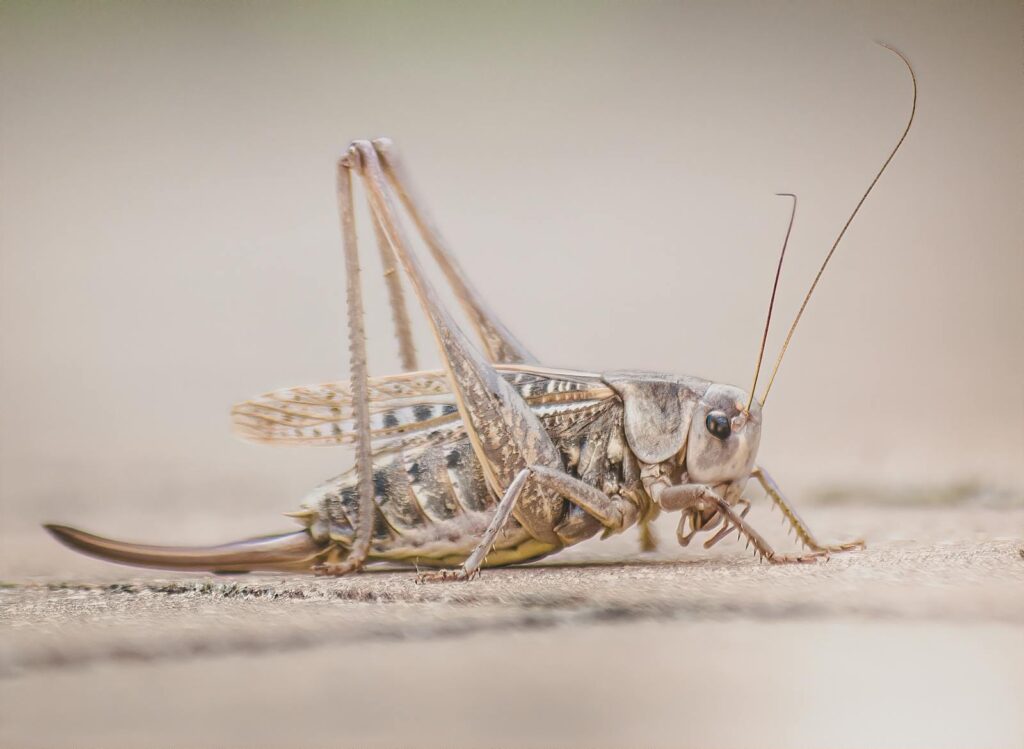
Observing your pet insect’s behavior can provide additional clues about its gender when physical characteristics aren’t immediately obvious. Male insects often engage in territorial behaviors, actively searching for mates, or performing specific courtship rituals that females don’t display. For instance, male crickets and katydids produce distinctive chirping sounds by rubbing their wings together to attract females, while females remain silent. Male butterflies are more frequently seen patrolling territories, while females spend more time searching for suitable plants on which to lay eggs. In social insects like ants and bees, behavioral roles are strictly divided by gender, with males (drones) having very different behaviors than females (workers and queens).
Species-Specific Gender Identification: Praying Mantises

Praying mantises display several gender differences that make identification relatively straightforward. Female mantises are typically larger and heavier than males, with wider abdomens that can be 1.5 to 2 times the size of a male’s abdomen. Males possess longer antennae relative to their body size and have eight visible abdominal segments compared to the female’s six segments. Another reliable method involves counting the segments on the underside of the abdomen—females have six visible segments, while males have eight, with the last segment housing the male reproductive organs. Perhaps the most distinctive feature is that males can fly much better than females in many mantis species, possessing longer wings that extend beyond the tip of the abdomen, while female wings often only reach the tip or are shorter.
Species-Specific Gender Identification: Stick Insects
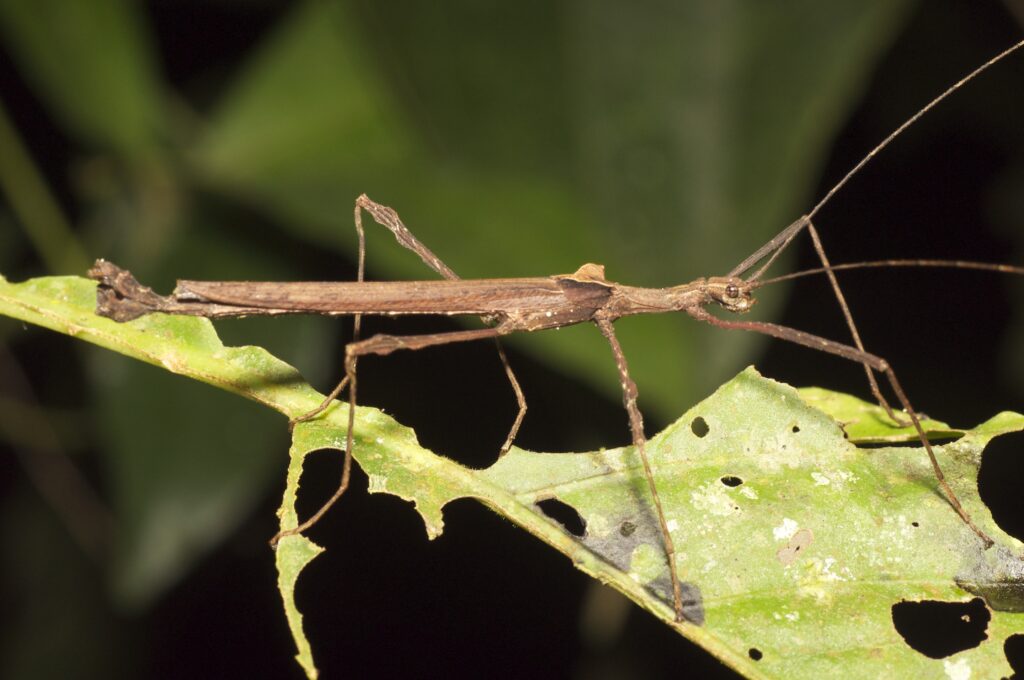
Stick insects (phasmids) exhibit several distinct gender differences that can help with identification. Size is a primary indicator, with females significantly larger and more robust than males in most species, sometimes growing to nearly twice the length. Males typically have more slender bodies and longer legs relative to their body size, giving them a more delicate appearance. The cerci (appendages at the end of the abdomen) also differ between genders—male cerci are often curved and used to hold the female during mating, while female cerci are straight and shorter. In many stick insect species, males possess functional wings and can fly, while females have reduced wings or are completely wingless, an adaptation that allows them to dedicate more energy to egg production rather than flight muscles.
Species-Specific Gender Identification: Beetles
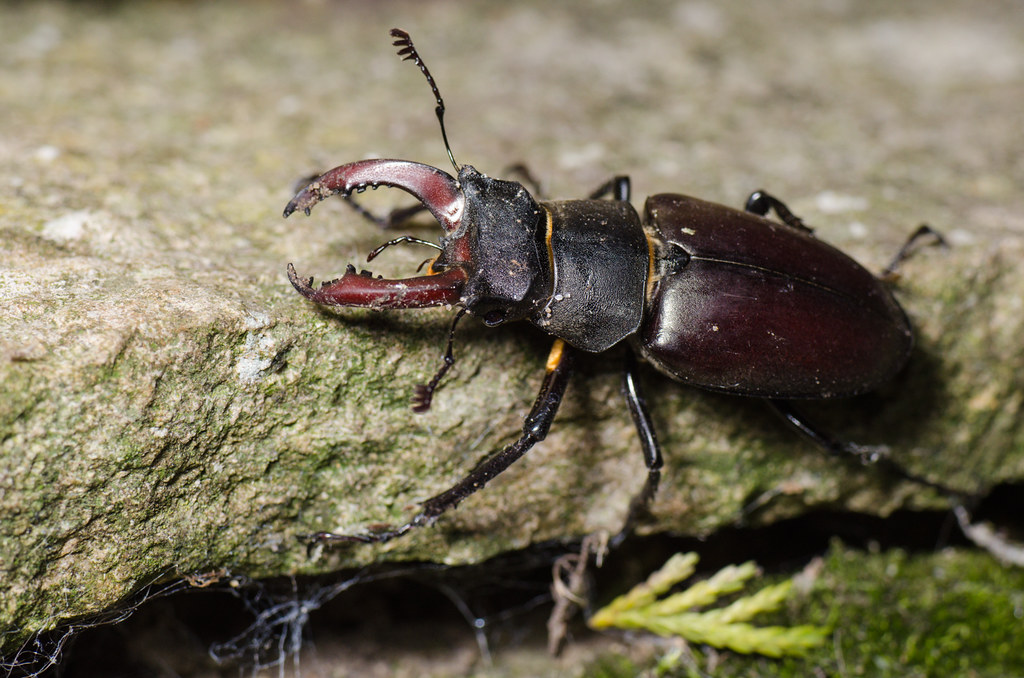
Beetles display some of the most dramatic sexual dimorphism among pet insects, with features varying widely across different species. In rhinoceros beetles and stag beetles, males develop impressive horns or enlarged mandibles used in combat with other males, while females lack these ornate structures entirely. Size differences are common, with females often larger and having wider abdomens, though in horned species, males may appear larger due to their ornamental features. The front legs of male diving beetles are modified with suction-cup-like structures used to grip females during mating, while females have normal legs. Antennae shape and size can also differ, with males of many beetle species having larger, more elaborate antennae for detecting female pheromones from greater distances.
Using Magnification Tools for Gender Identification

Due to the small size of most insects, proper equipment can significantly improve your ability to accurately determine gender. A good quality hand lens with 10x magnification is sufficient for larger insects like praying mantises and stick insects, allowing you to examine abdomen segments, cerci, and other gender-specific structures. For smaller species, a stereo microscope providing 20x to 40x magnification may be necessary to observe minute differences in genitalia, wing venation, or antennal structures. When using magnification tools, proper lighting becomes crucial—a bright, diffused light source directed at the specimen from various angles can reveal details that might otherwise remain hidden. For the most accurate observations, gently restrain your pet insect in a transparent container rather than handling it directly, which reduces stress for the insect and provides a more stable viewing platform.
When to Seek Expert Help
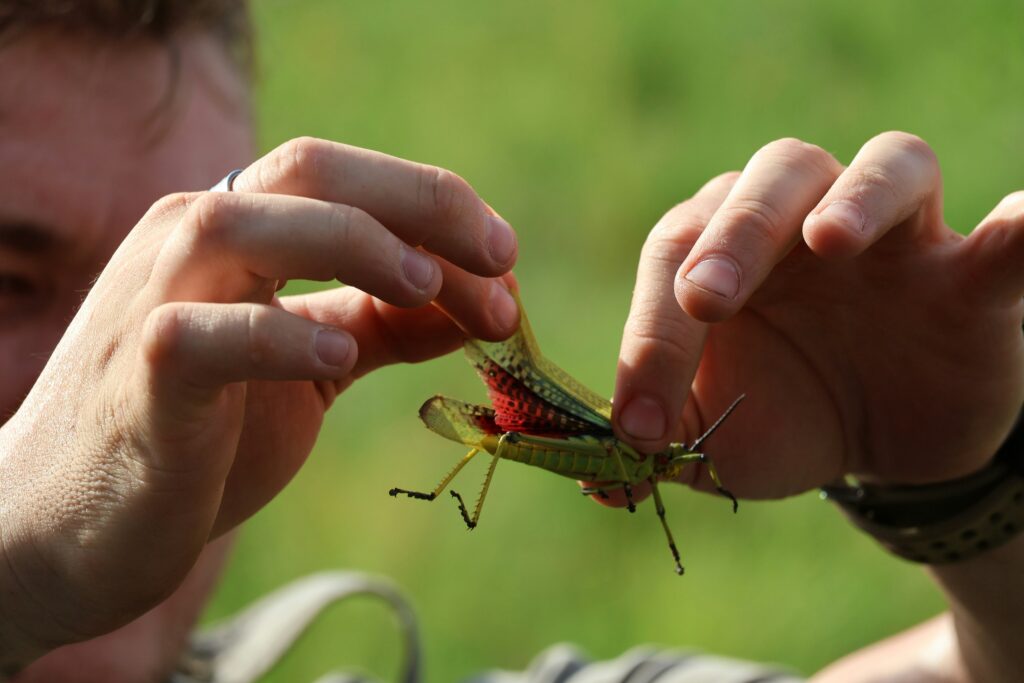
Despite your best efforts, gender identification in some insect species remains challenging even for experienced keepers. If you’re having difficulty determining your pet insect’s gender, several resources can provide additional assistance. Online forums dedicated to insect keeping often have experienced members who can help identify gender from clear photographs of your pet. University entomology departments sometimes offer identification services or can direct you to local experts who specialize in particular insect groups. Entomological societies frequently maintain networks of amateur and professional entomologists who enjoy helping with identification challenges. Remember that some species show minimal external sexual dimorphism, making gender determination virtually impossible without dissection—a procedure that’s obviously not suitable for pet insects you wish to keep alive and healthy.
Practical Applications of Gender Identification

Knowing your pet insect’s gender offers practical benefits beyond simple curiosity. Breeding projects become possible once you can reliably identify males and females, allowing you to pair compatible individuals and potentially raise multiple generations. Housing decisions can be informed by gender knowledge, as some species require separation to prevent unwanted breeding or because males may compete aggressively with each other. Lifespan expectations often differ between genders, with females typically living longer in many species but males surviving longer in others. Behavioral understanding improves when you know your pet’s gender, helping you interpret actions like territorial displays, mating behaviors, or egg-laying preparations in the proper context, ultimately enhancing your experience as an insect keeper.
Conclusion

Determining the gender of your pet insect might require careful observation and some patience, but the knowledge gained provides valuable insights into your tiny companion’s biology and behavior. By familiarizing yourself with the general principles of sexual dimorphism in insects and learning the specific characteristics of your pet’s species, you can become adept at gender identification. Remember that while physical characteristics like size, body shape, and specialized appendages offer the most reliable indicators, behavioral observations can provide supplementary clues. Whether you’re keeping insects for educational purposes, as fascinating pets, or with breeding interests in mind, understanding the gender of your six-legged friends adds another dimension to the rewarding hobby of insect keeping.

